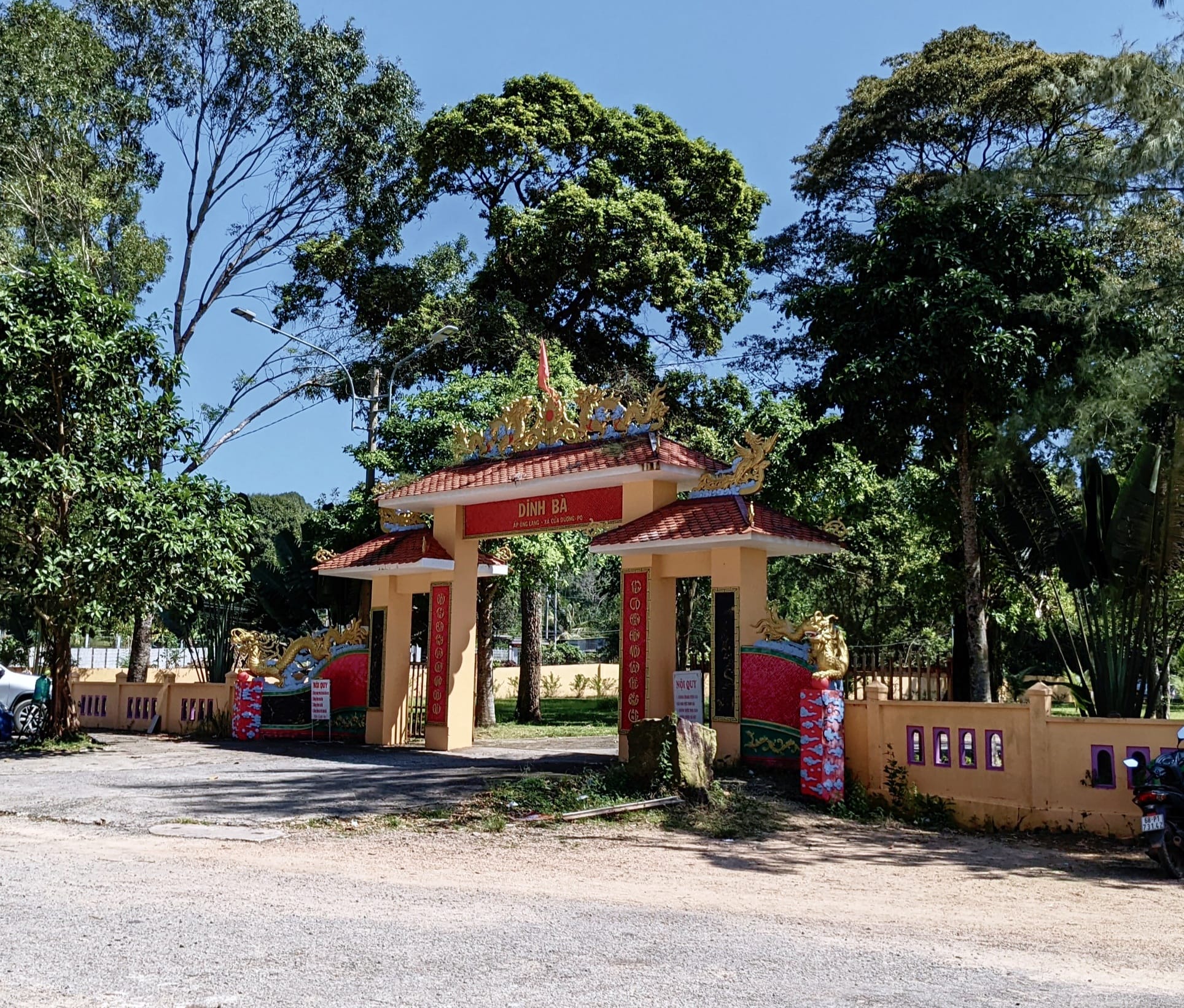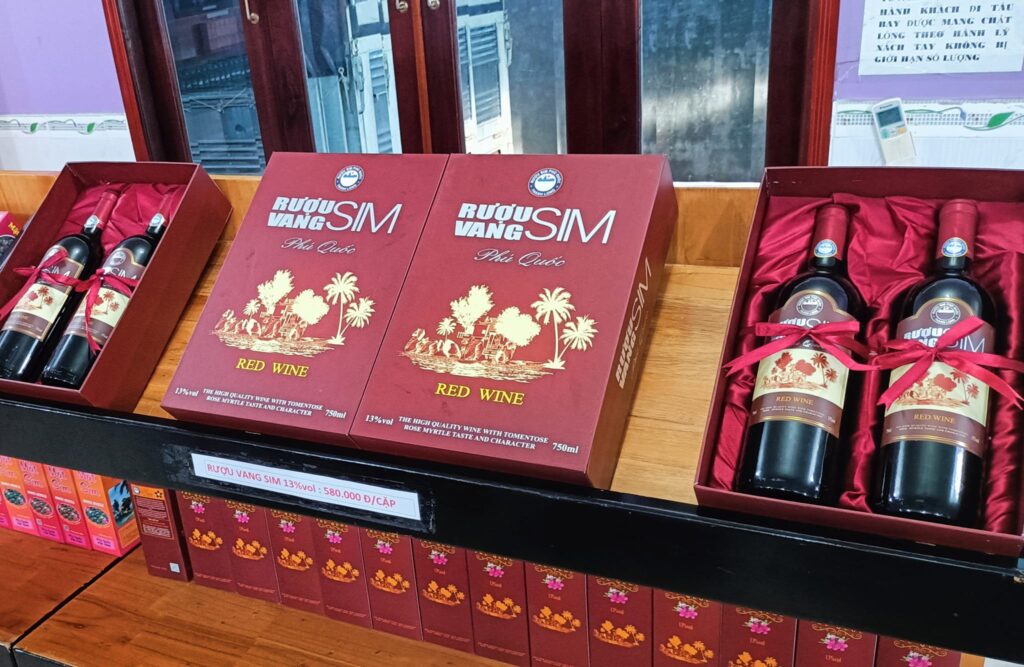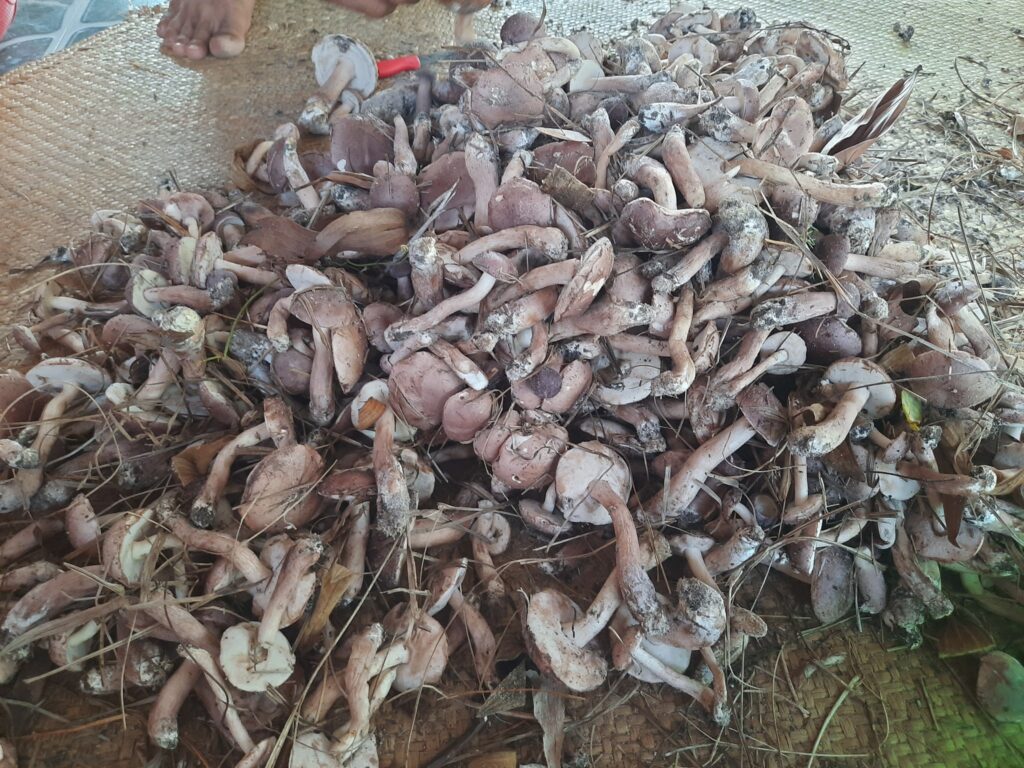For generations, fishermen in Phu Quoc have visited an old grave nestled along the quiet shoreline of Cua Can to light incense before heading out to sea. Locals believe this is the resting place of “Ba Lon Tuong” Le Kim Dinh, a guardian spirit who watches over seafarers, offering protection and safe passage through unpredictable waters.
According to elders in Cua Can, on bright moonlit nights fishermen would sometimes see a shadowy wooden boat drifting silently across the misty sea. A young woman, cradling a child in her arms, would appear on deck, singing a faint, sorrowful lullaby. But whenever someone rowed closer, the boat vanished into thin air. To the islanders, encountering this apparition meant the coming trip would be smooth and prosperous—a blessing from Ba Lon Tuong herself.
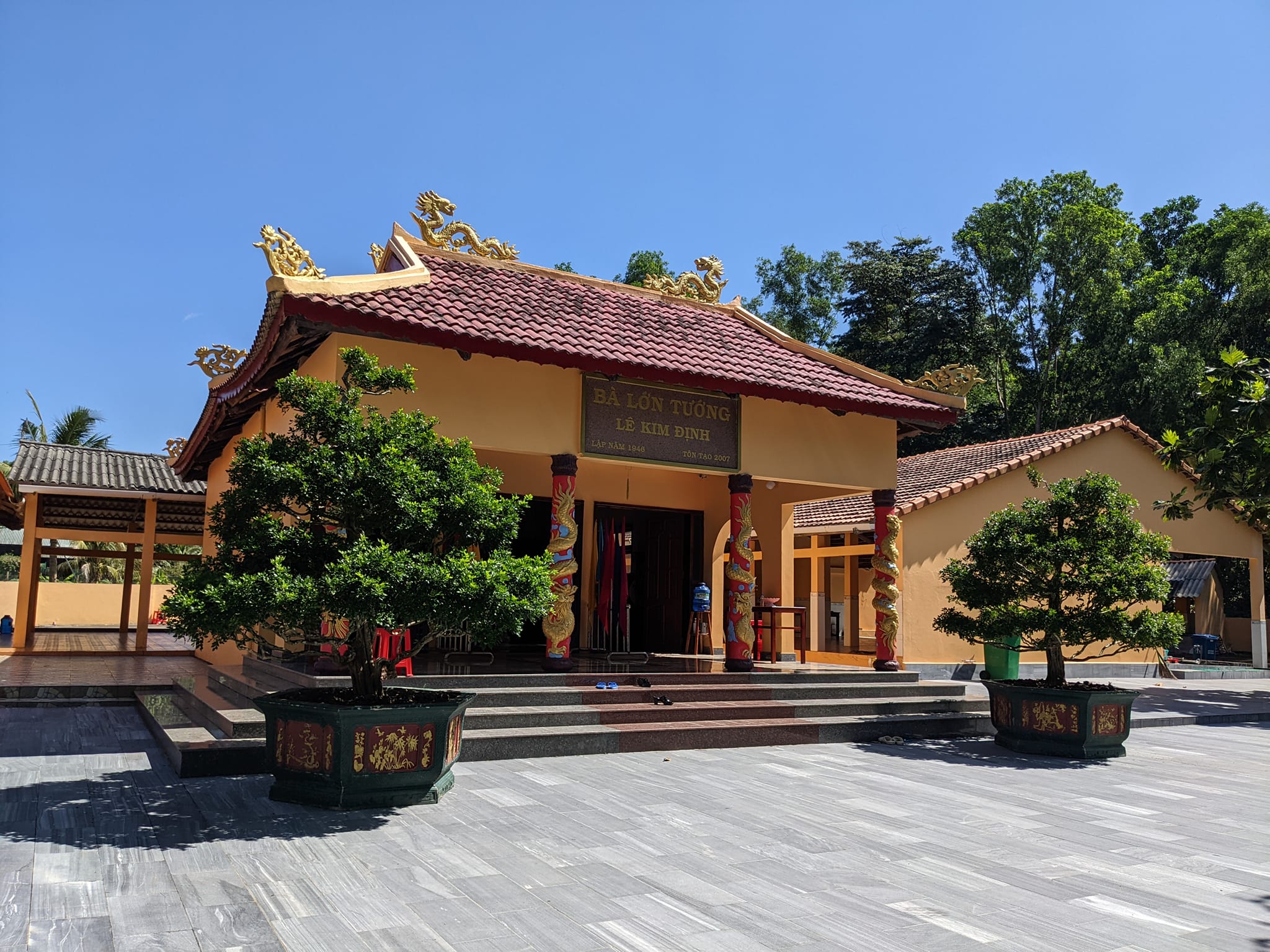
Local oral histories tell that Ba Lon Tuong was the beloved wife of national hero Nguyen Trung Truc. According to Mr. Khai, whose family has lived in Cua Can for generations, “She died at the river mouth during a battle. The soldiers secretly buried her on the deserted shores of Ong Lang to keep the French from disturbing her grave.” In stories preserved by the descendants of Nguyen Trung Truc’s fighters, she was known by several names: Diều (or Đỏ), and by her formal name Le Kim Dinh. She followed her husband in resistance against the French, was captured twice, and each time rescued by loyal comrades. In 1868, when Nguyen Trung Truc withdrew to Phu Quoc to build a resistance base in Ham Ninh, she had just given birth to their first son. During a later skirmish in Cua Can, she led a diversionary unit; but as the tide receded, her vessel became stranded. She was killed before reinforcements could reach her, and her body was carried in secret to the remote dunes of Ong Lang for burial. Out of respect, the people of Phu Quoc began calling her “Ba Lon Tuong”—meaning “the great lady of the general,” not because of her stature, but because of her honored role.
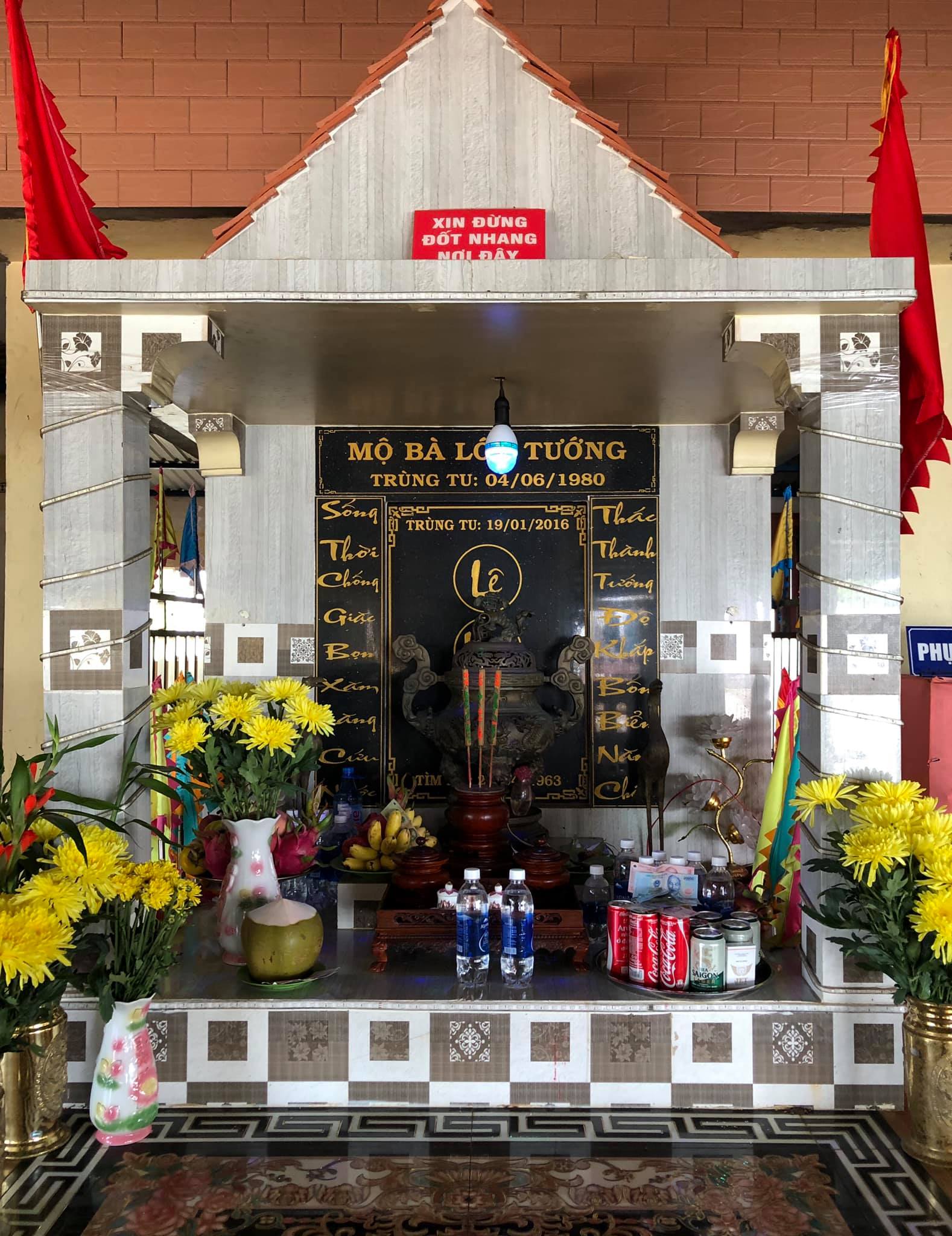
One of the most legendary tales dates back to 1958. A fishing boat from Rach Gia was destroyed in a storm and drifted aimlessly for more than a week. Exhausted and close to death, the crew suddenly saw an ancient boat emerge from the waves, with a young woman tossing them a rope. The captain grabbed it before fainting. When the men regained consciousness, they found themselves safely grounded in a sheltered cove beneath a grove of wild trees. Nearby stood a simple, unmarked grave. That night the captain dreamed of the same woman, who revealed that the grave belonged to her. The fishermen cleared the area, lit incense, and while cleaning the site, the captain discovered a small cluster of metal bananas—later revealed to be antique gold pieces. With this treasure he rebuilt his fishing business and eventually became one of the wealthiest men in Rach Gia. His descendants say the gold was not a mythical fortune—only a few old bars—but enough to change the family’s destiny.
Another powerful story involves Mr. Tu Ngay, a descendant of Nguyen Trung Truc’s fighters. In 1963, the same year the Rach Gia captain sought to rebuild the grave, Mr. Tu Ngay dreamt of a female warrior who told him: “Your ancestors promised to rebuild my resting place. Now you must fulfill that vow.” Miraculously, both men—one bringing resources, the other bringing lineage—met at the same site that very year. Together they built the new shrine, marking it with the inscription: “Mộ Bà Lớn Tướng” (Tomb of Lady Le Kim Dinh).
Although official historical records never documented Nguyen Trung Truc’s wife, modern researchers have confirmed numerous matching details: her name was Diều/Đỏ (formal name Le Kim Dinh), she was captured twice in Rach Gia, followed her husband to Phu Quoc in 1868, and died during a battle at Cua Can. These findings align with the stories long preserved by island residents.
Today, the site of her grave remains a modest but cherished landmark surrounded by wild forests and the sea breeze of Ong Lang – Cua Can. Villagers maintain the shrine voluntarily, offering incense year-round. A simple roof now shelters the grave, and a caretaker watches over it. Her memorial day is held annually on the Full Moon of the 8th lunar month, drawing locals and fishermen who come to give thanks before setting out to sea. Mr. Tu Ngay, who dedicated his life to caring for the grave, passed away at the age of 109, taking with him many ancestral stories linked to Nguyen Trung Truc’s resistance.
For the people of Phu Quoc, Dinh Ba (Lady Le Kim Dinh) is more than a spiritual refuge—it is a living monument to a woman whose quiet sacrifice is intertwined with the heroic struggle of Nguyen Trung Truc. This sacred site embodies the island’s deepest values: reverence for history, gratitude toward protectors of the land, and the enduring belief that the sea is watched over by benevolent spirits. Here, where forest meets ocean, generations of islanders have preserved a legacy of courage, faith, and compassion—one they proudly share with all who visit.



